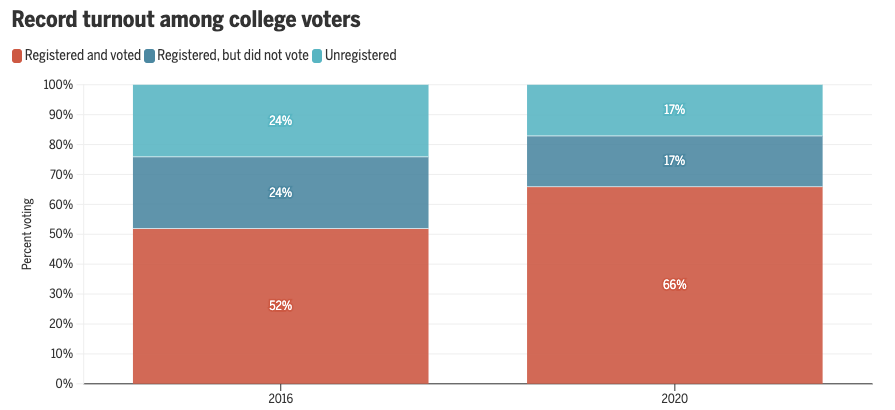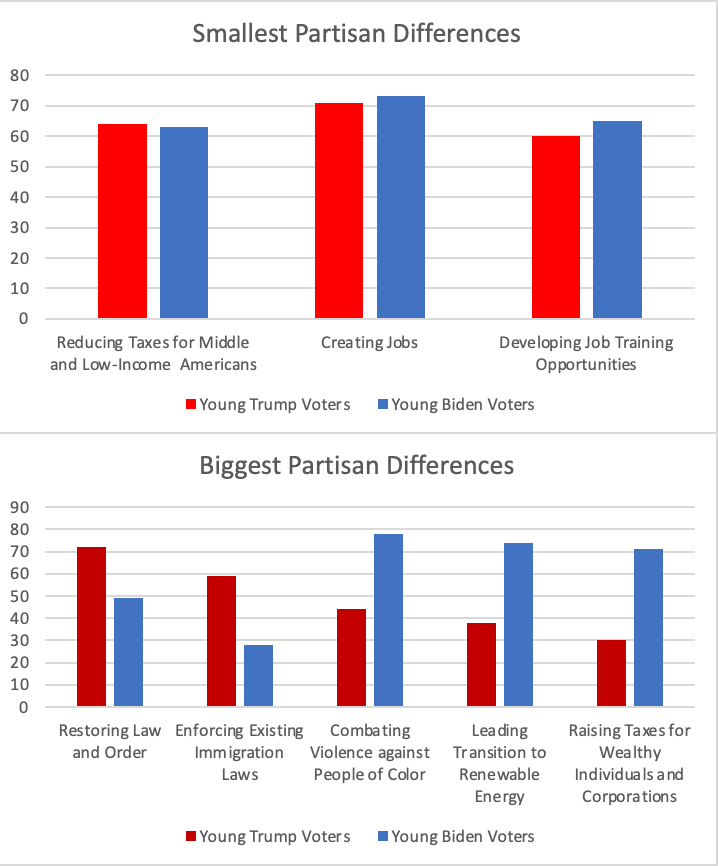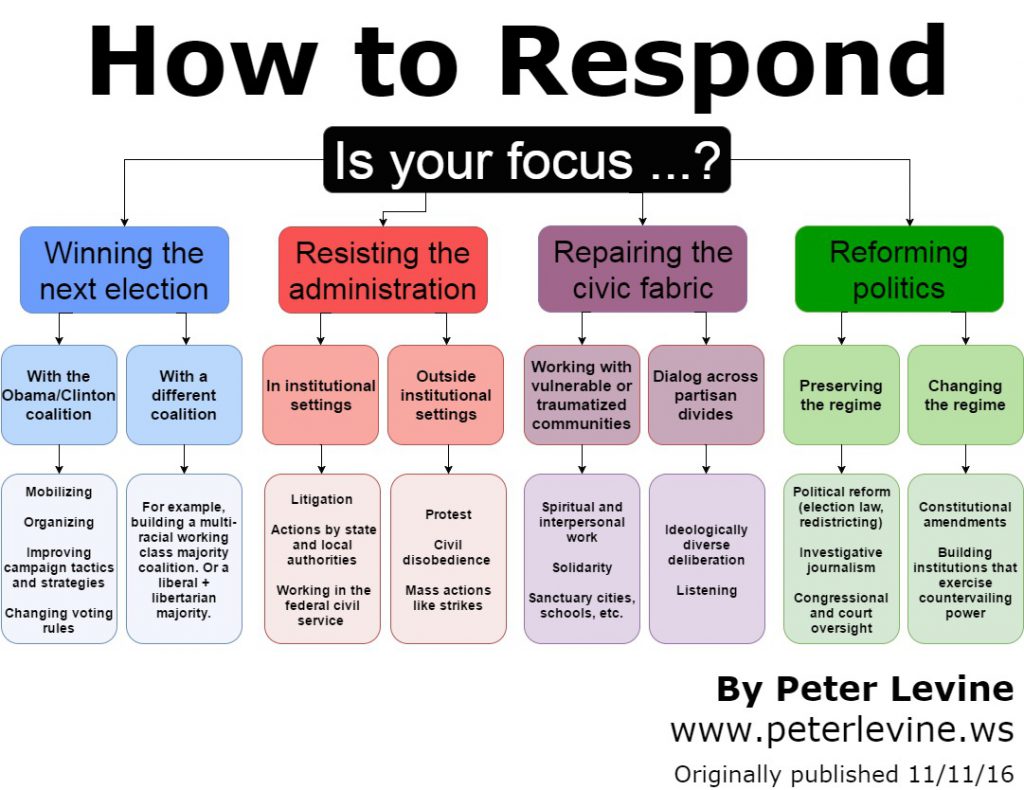This new study by Democracy Matters (as reported in Politico) is typical of a wave of recent commentary:
The Democratic brand “is suffering,” as working-class voters see the party as “too focused on social issues and not nearly focused enough on the economic issues that impact every one, every day,” the report said.
“We lost people we used to get [in 2024], so why did we lose them? Why don’t we go ask them,” said Mitch Landrieu, co-chair of Democracy Matters and senior adviser to then-President Joe Biden. “They said what they thought about us and it was painful to hear … They feel forgotten, left out, and that their issues are not prioritized by the Democratic Party or the Republican Party.”
He added, “They want somebody focused first, second and third, on their economic stress.”
The usual implication is that Democratic candidates should stop talking about “cultural” issues–or maybe even pick fights with left-wingers on cultural issues–to gain the trust of working-class voters.
An important working paper by Shakked Noy and Aakaash Rao, “The Business of the Culture War,” offers a different perspective. These authors show that politicians in general, and particularly Democratic candidates, consistently emphasize economic issues. However, cable news fixates on cultural issues. The result is a deeply distorted impression of politicians, and (I suspect) especially of Democrats.
For example, in the 2016 election cycle, about three quarters of all political advertising, but just one quarter of cable news coverage, focused on the economy (p. 2). Since 2000, political candidates’ ads have been almost 10 times more likely than cable news to discuss corporate taxes, but cable news has been almost 10 times more likely than political candidates to discuss LGBTQ issues (p. 12). In 2022, the most recent year of the study, “economic topics comprise[d] the majority of messaging” by candidates of both parties, but 70 percent of cable news coverage was about cultural issues (p. 11).
To some extent, cable news may report and discuss the positions that politicians take on cultural issues. But at least some of the coverage isn’t about candidates or office-holders at all. It’s about activists and pundits and celebrities. And to the extent that politicians appear on cable news as guests or as topics, they are unrepresentative: atypical politicians who want to engage in the culture war.
Noy and Rao contribute an explanatory model. Using pretty persuasive methods and data, they show that cable news channels gain viewers in proportion to the degree that they focus on contentious cultural issues. This is true for both Fox and MSNBC. On the other hand, candidates (right and left) are more likely to win elections to the degree that they focus on economic issues. The incentives are different, apart from anyone’s ideological agenda.
When political leaders blame “the media,” this can be an excuse. We need leaders to solve problems. However, as an observer, I do blame the media. I doubt that it would be possible–even if it were desirable–for Democrats to pivot to bread-and-butter issues. The news platforms that draw the most viewers will keep covering culture wars. They will always have plenty to say on the air as long as there are any Americans (no matter how remote from political power) who say controversial things.
It is true that the proportion of Democratic campaign advertisements that emphasized economic policy or economic conditions fell from about 35 percent in 2008 to about 15 percent in 2020, and the proportion devoted to racial issues spiked during 2016-18 (see appendix, p. 3). Taken by themselves, these facts might suggest that Democrats have erred by shifting their attention to less popular issues. Noy and Rao offer a general model that can explain shifts of this type: politicians are affected by the news media in ways that may harm their own electoral prospects.
However, the decline in attention to economic conditions after 2008 has a more specific explanation. Democrats attacked Republicans for the economy during the 2008 Bush recession but then became responsible for the (recovering) economy under Obama. Also, what I named a “spike” in Democrats’ attention to race was a temporary change from about one percent of all their campaign advertising in 2008 to about seven percent during one cycle.
Democratic candidates are already talking about economics and healthcare. Not only because of ideological biases but also for business reasons, cable news constantly changes the subject to contentious cultural issues. There is little point in discussing whether Democratic candidates should adjust their rhetoric. But they should change their means and modes of reaching the American people, reducing the importance of cable news (and viral videos) by investing more in year-round grassroots organizing.




